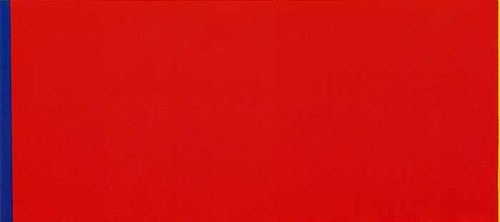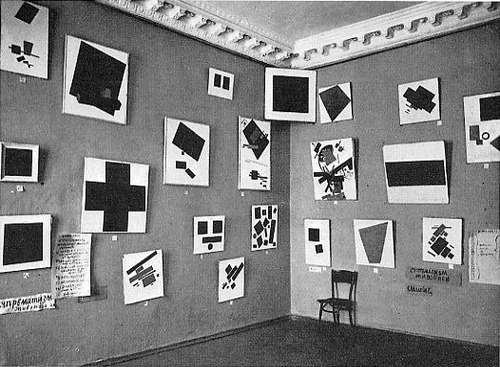
The monograph Stephen Bambury was published in 2000. Recently I revisited it. I got distracted a couple of pages in...
Right at the outset of the book examining the New Zealand abstractionist, Wystan Curnow references the essay ‘Who's Afraid of Red, Yellow, and Blue?’ by the Belgian art historian Thierry de Duve (Artforum, September 1983).
de Duve:
The two questions that arise on either side of the historic divide represented by Newman’s painting and challenge echo each other. We “post-Moderns” would say: does painting after abstraction — hence with abstraction, since its history cannot be erased — still have a future? Early Modernism, on the other hand, would have asked: does painting, on the verge of becoming abstract, still have past? This latter question, which is that of the relation of the avant-garde to tradition, is entirely a question of legitimacy and foundation. Ours is no longer of this order. It is but a program of reinterpretation dealing with established legitimacies, but also with failed acts of foundation. Between these two questions stands fear.

Last Futurist Exhibition of Paintings ‘0.10’ (1915)
The essay refers to Barnett Newman’s series of paintings from the late 1960s and what they mean for our understanding of the past and future of abstraction. According to Curnow, de Duve implies that the line was crudely, even falsely, drawn, in an attempt to distinguish between revisionist and radical postmodernisms.
A program of reinterpretation of modernist abstraction in 2014. Failed acts? Fear? Thirty years after that essay I am not sure what’s changed. Maybe everything; and nothing.